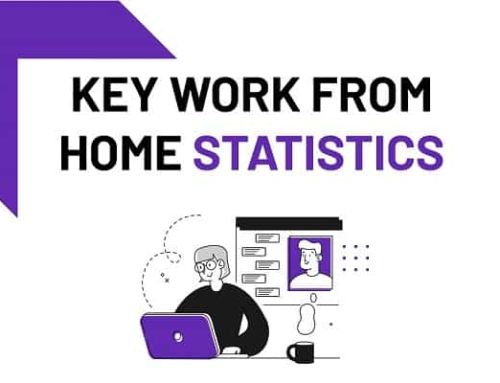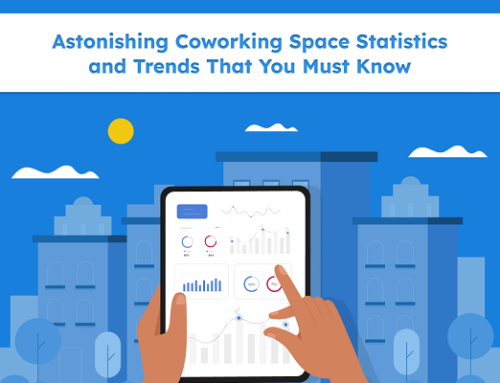Life as a professional woman can be tough. Society’s expectation that women must maintain incredibly careers, care for their families, volunteer in the community, always have a smile on their face, and accept that they will make less money than men can really take a toll. Some of the statistics supporting these claims are shocking and painful, especially for women. Sadly, they’re all true.
The following infographic offers a glimpse into the struggles that working women go through on a daily basis. Perhaps the most interesting point raised by the infographic is the idea that women are segregated into specific professions based solely on their gender. For example, women are expected to take traditionally female jobs such as nursing, secretarial positions, and housekeeping, yet they receive only a portion of the salary men make in the same job. Of course, there is no widespread cultural ban on women applying for jobs in engineering or medicine — it’s just that society expects women to perform poorly in these positions, so they are rarely offered these positions in the first place.
The infographic also highlights the pay disparities among men and women with the same level of education. For example, men with a Master’s of Business Administration degree earn almost $5,000 MORE than women with the same type of diploma. In addition, women with Bachelor’s of Science degrees earn 6.6% less than men with the exact same level of education. This is obviously a serious concern for anyone attempting to enter a meaningful career that can provide for their desired standard of living.
Clearly, gender discrimination and pay disparities are serious issues when it comes to women entering the workforce. Fortunately, this can be combatted if men and women everywhere take a proactive stance by negotiating their salaries, raising awareness, and refusing to settle for any less than they deserve. For more information on this issue, take a look at the following infographic:






Leave A Comment